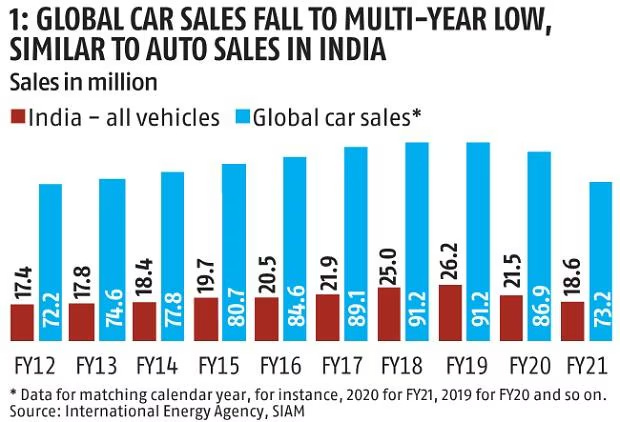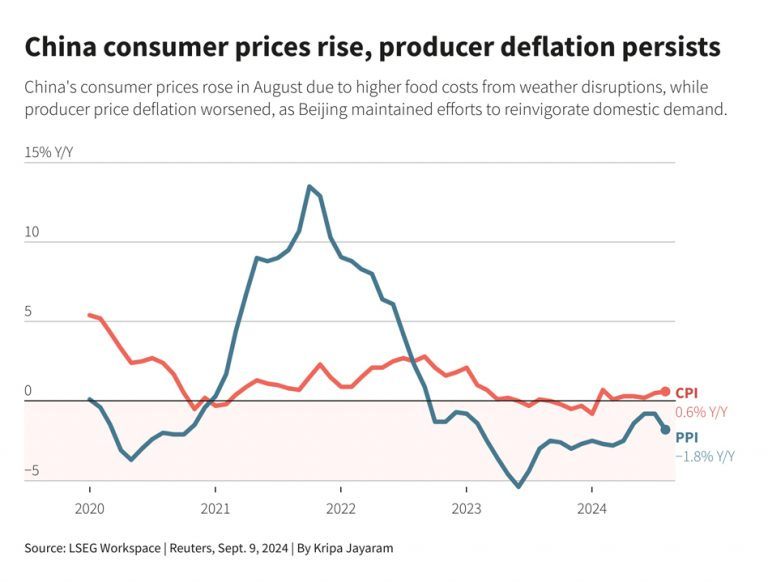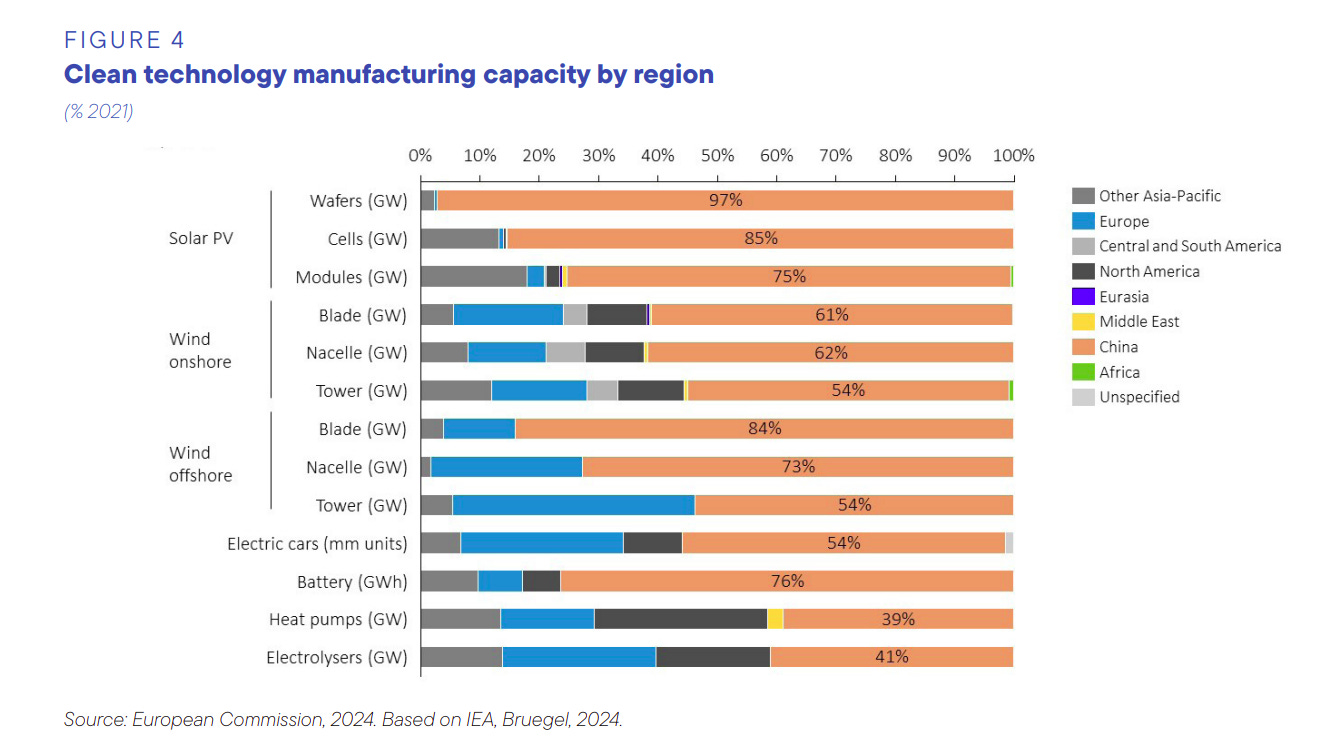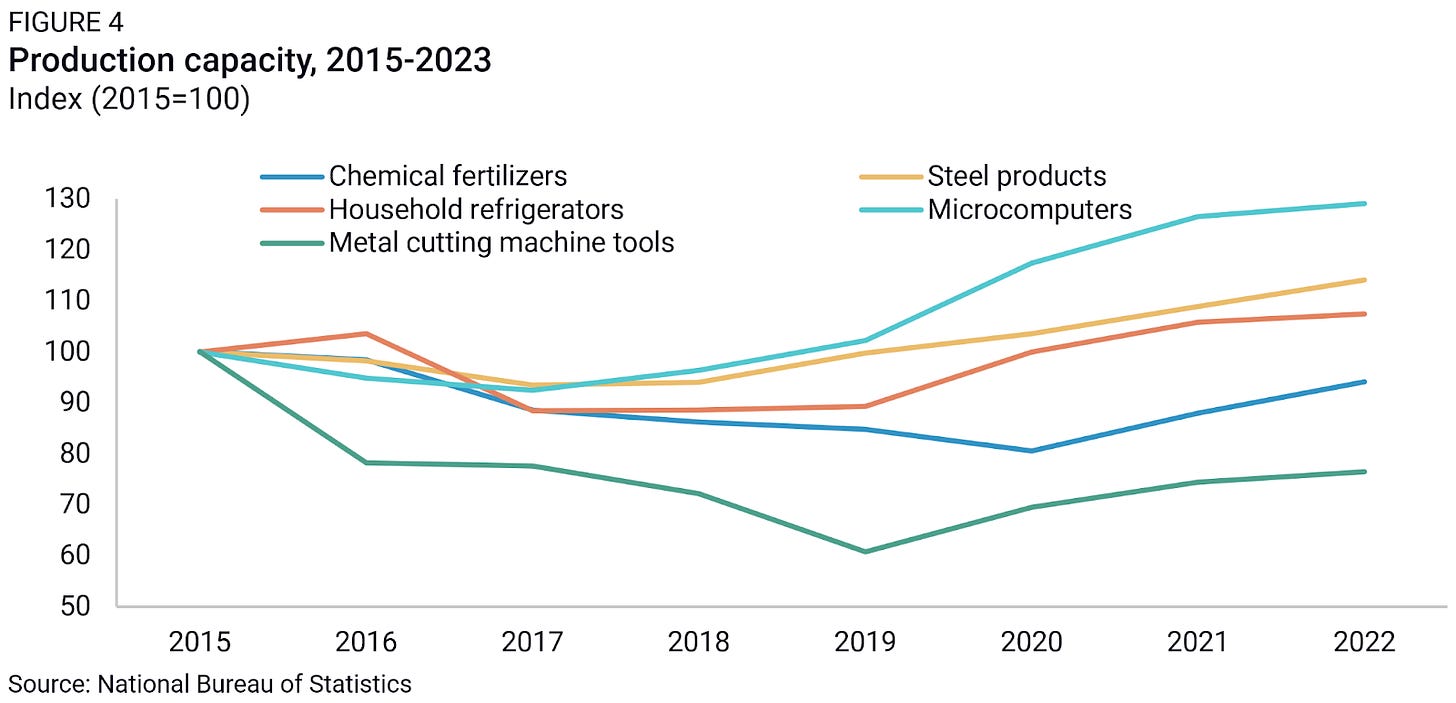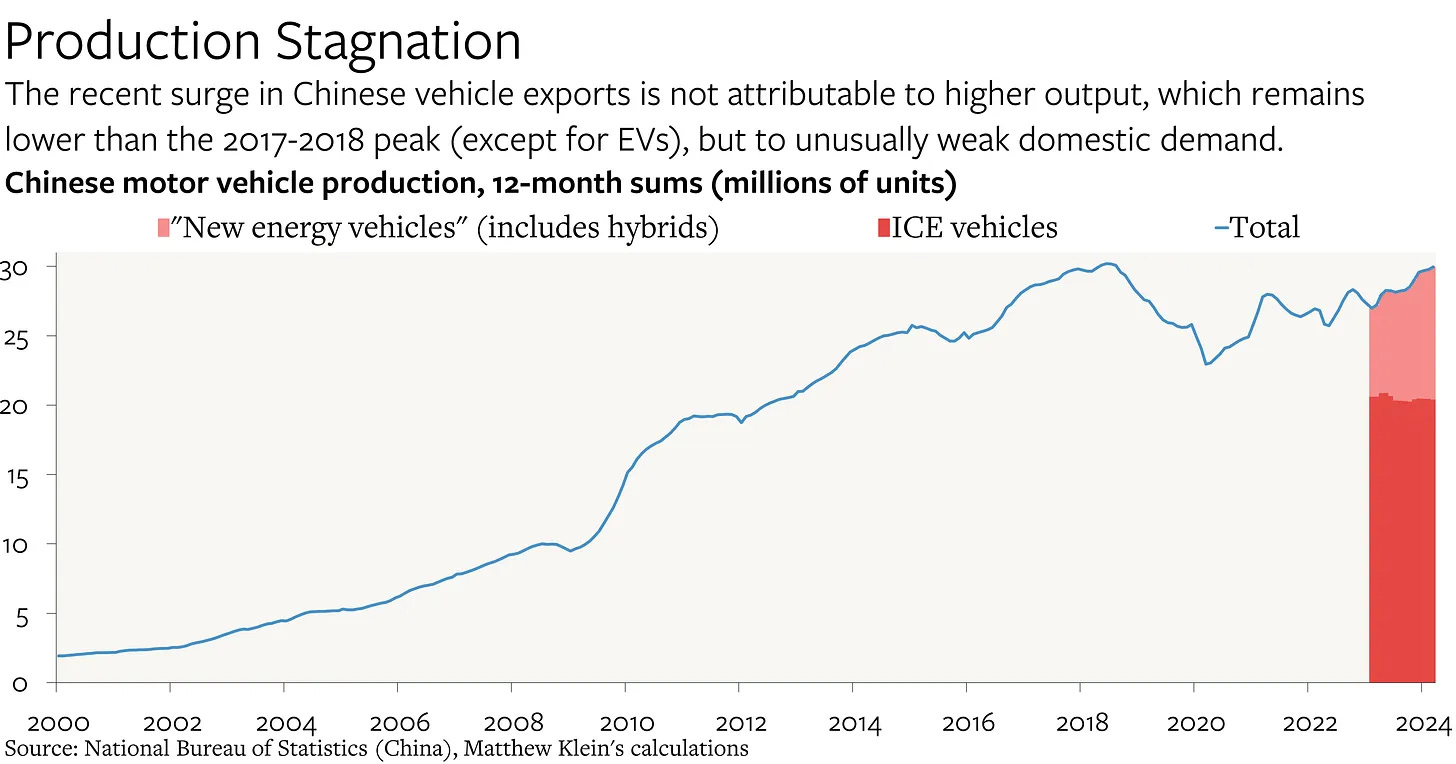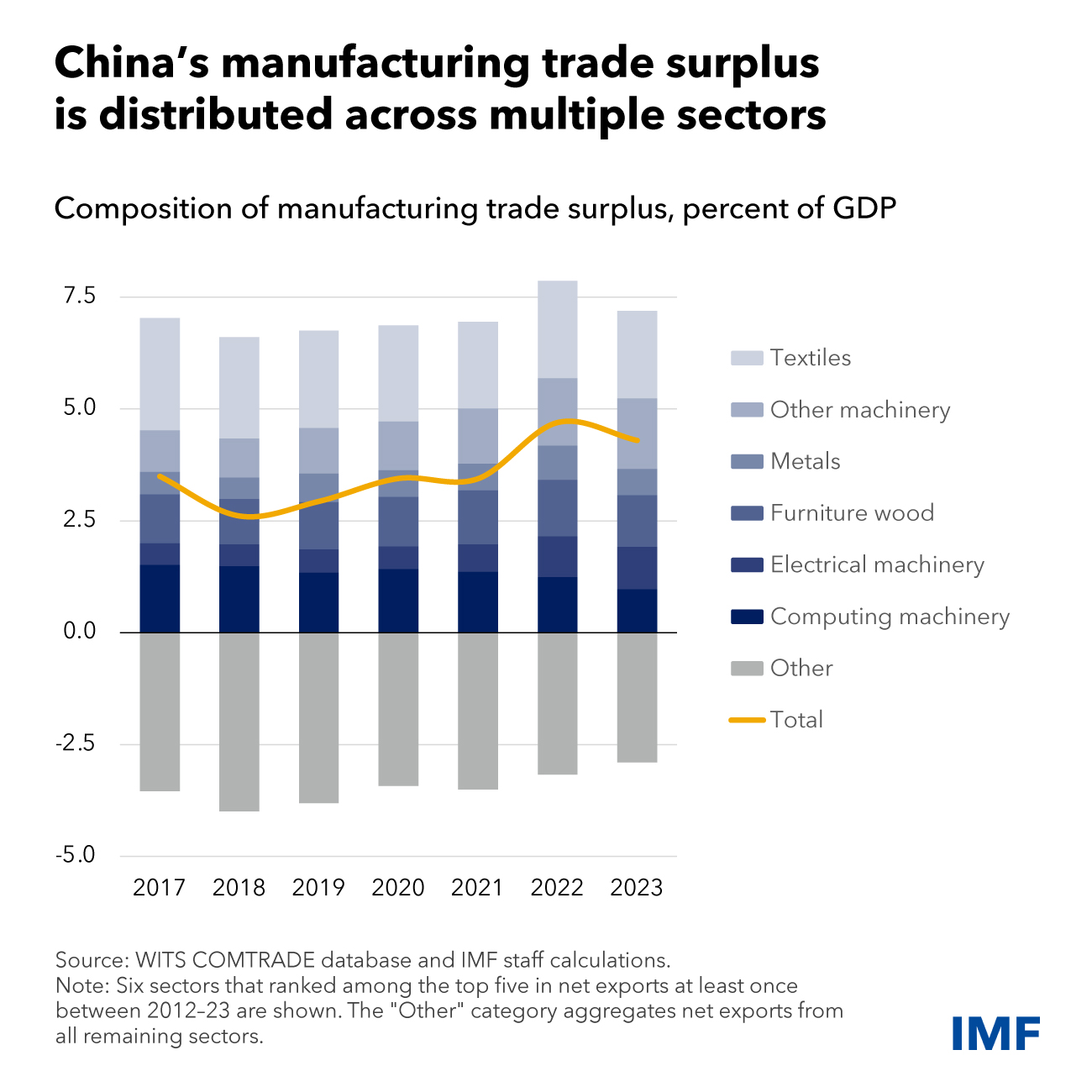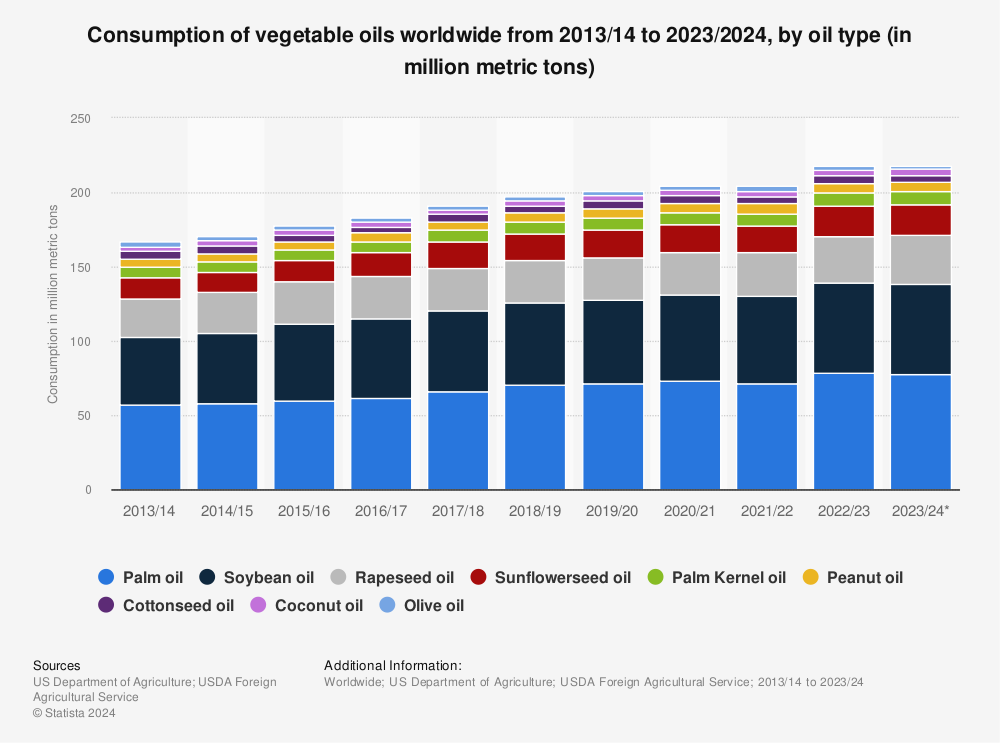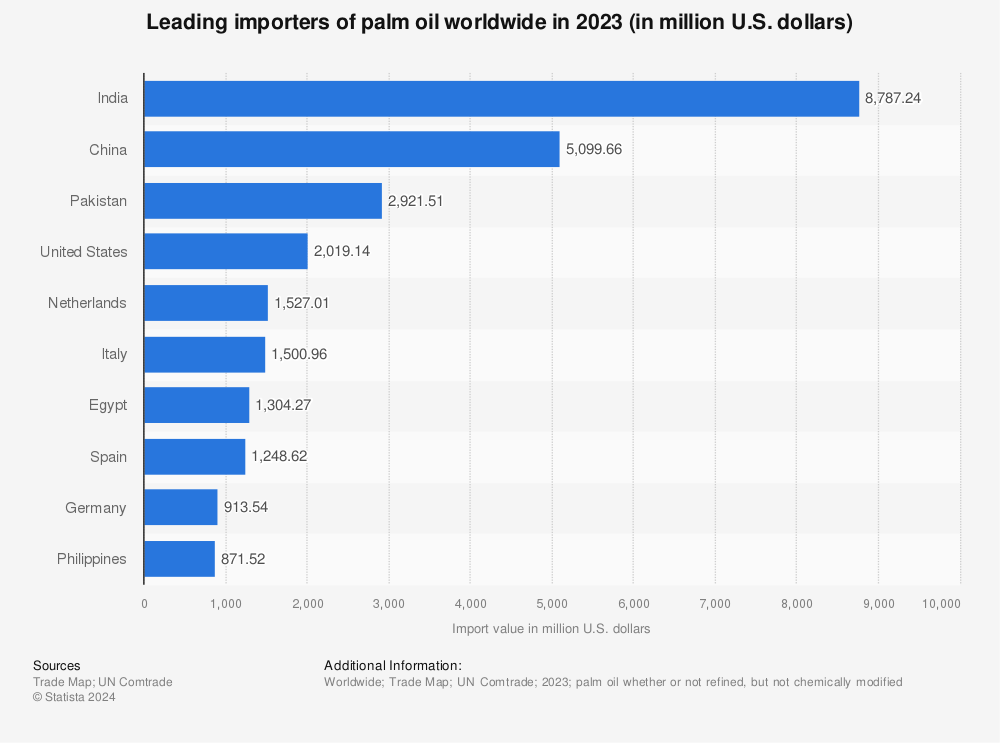Our goal with The Daily Brief is to simplify the biggest stories in the Indian markets and help you understand what they mean. We won’t just tell you what happened, but why and how too. We do this show in both formats: video and audio. This piece curates the stories that we talk about.
You can listen to the podcast on Spotify, Apple Podcasts, or wherever you get your podcasts and video on YouTube.
You can now also listen to The Daily Brief in Hindi.
Today on The Daily Brief:
- Ford wants to come back in the game, again!
- A tale of three China’s
- Double whammy for Indonesia and Malaysia
Ford wants to come back in the game, again!
Ford Motors is back in the headlines in India because it’s thinking about a possible comeback. Three years ago, Ford exited the Indian market, but now the American carmaker is considering restarting operations at its Chennai plant.
Let’s rewind to 2021 when Ford decided to shut down its manufacturing operations in India. This happened after more than a decade of financial troubles, including losses of over $2 billion and a market share that never went beyond 2%. Ford wasn’t the only one facing these challenges. General Motors had already left India in 2017, and Harley-Davidson followed in 2020. These exits showed how tough it was for U.S. carmakers to break into the Indian market.
Ford’s Managing Director explained that “accumulated losses, persistent industry overcapacity, and lack of expected growth in India’s car market” were the main reasons for calling it quits. In 2020, Ford’s revenue in India plummeted from ₹28,000 crores to just ₹2,000 crores, with losses hitting over ₹5,400 crores.
As Ford was planning its exit, Indian carmakers were ramping up production, but local demand wasn’t keeping up. To keep their plants running, many companies, including Ford, had to rely on exporting vehicles. Ford, for example, was exporting over 90,000 EcoSport cars each year—almost double what it sold domestically. Things got even worse with a big drop in car sales in 2019, the largest in two decades, and then the economic hit from the COVID-19 pandemic.
Source: Business Standard
Even though Ford announced its exit, it didn’t cut all ties with India. It sold its Gujarat plant to Tata Motors, which repurposed it for electric vehicle production. But the fate of the Chennai plant was still up in the air. Talks of selling it to companies like JSW or Ola didn’t go anywhere. Ford briefly thought about entering India’s electric vehicle market using the government’s Production-Linked Incentive (PLI) scheme, but that plan also fizzled out.
Meanwhile, the Tamil Nadu government, which is doing everything it can to become a manufacturing powerhouse, had been in active talks with Ford to find a solution. These discussions seem to have played a big role in Ford reconsidering its Indian operations.
Tamil Nadu has a lot to offer automakers. It’s often called the “Detroit of India” because of its port access, strong industrial ecosystem, and business-friendly policies. Big names like Hyundai, Renault, and BMW already have operations there. Plus, with Tamil Nadu pushing towards electric vehicles, even Tesla has shown interest in the area.
Ford’s possible comeback seems to be focused on export-driven production rather than trying to win over the domestic market again. There’s talk of a potential joint venture with JSW Group to make this happen.
That said, it’s important to take this news with a grain of salt. Ford has a track record of going back and forth, so this comeback plan might still fall through. We’ll just have to wait and see how things unfold.
A tale of three China’s
As you might have noticed, we’re a bit obsessed with China lately. And for good reason! There’s a lot of strange and concerning stuff happening over there, and it’s having a big impact on the global economy. When we look at China’s economy right now, it feels like we’re seeing three different versions of China at once. Let me break it down.
Source: Asia Financial
The first China we see is an economy in real trouble. Prices are barely growing, and producer prices have been dropping for almost two years. This is called deflation, where prices fall because people aren’t spending as much, or there’s too much stuff available. When this happens, people hold off on spending, thinking prices will go down more, which can slow down the economy even further.
On top of that, the real estate market, which has been a huge driver of China’s growth, is in a serious slump. New home prices have been falling for 15 months straight, with August seeing the fastest drop in 9 years. Experts like Michael Pettis say this isn’t just a temporary dip, but a sign of bigger problems that have been building for years. China’s growth model, which focused on investing over consumer spending, is no longer working. As Pettis says, “The problems facing the Chinese economy aren’t new—they’ve been building up for nearly two decades.”
Now, let’s look at the second China—a tech powerhouse. China is leading the world in key industries of the future, like electric vehicles, solar panels, wind turbines, and batteries. China now makes 80% of the world’s solar panels and is ramping up its electric vehicle exports at an impressive rate.
Historian Adam Tooze, in a recent podcast, talked about how advanced China’s tech has become. He described the streets of Shanghai as packed with futuristic electric vehicles you’ve never seen before. It’s like a glimpse into the future.
So, how do we make sense of these two images—an economy in trouble, but also a leader in key technologies? That’s where we get to the third China—the one at the center of growing global trade tensions.
There’s a lot of worry, especially in the West, about China producing too much. The concern is that China is flooding the global market with super cheap goods, which could hurt industries in other countries. U.S. Treasury Secretary Janet Yellen even warned that “China is now too big for the world to handle this massive output.”
Source: Rhodium Group
But is this really the right way to think about it? Matthew C. Klein, co-author of the book Trade Wars Are Class Wars , has a different take. He believes the real issue isn’t China making too much, but that it’s not consuming enough. He points out that Chinese households spend only about 37% of their income on goods and services, much lower than the global average. Because of this, the things China makes seem cheap globally, but it’s because people in China aren’t paid enough to buy them themselves.
From this angle, China isn’t overproducing—it’s under-consuming. Klein even suggests that China’s production of 10 million electric vehicles a year is actually too low when you consider the country’s needs, especially as the world transitions to green energy.
Still, China has built up huge manufacturing capacity in clean tech, which has led to concerns about market distortions and the impact on manufacturers in other countries. China now dominates industries like solar, wind, and batteries, holding anywhere between 50-75% of the global market share.
So, where does this leave us? On one hand, China’s economy is clearly struggling, but on the other, it’s showing incredible strength in technology. We’re seeing a rise in exports in key sectors, but that might be more about weak local demand than a plan to dominate global markets.
And it’s not just Western countries like the U.S. and Europe that are worried about China’s exports. Emerging markets are starting to push back too. Countries like Brazil, Turkey, Indonesia, and Chile have recently increased tariffs on Chinese goods, from electric vehicles to steel and textiles. They’re not only trying to protect their own industries but also using these tariffs to encourage Chinese companies to invest locally.
For example, after Brazil and Turkey imposed tariffs on electric vehicles, BYD, China’s largest EV maker, agreed to set up manufacturing plants in those countries. It’s a tricky situation for these nations—they want to benefit from China’s tech and investments, but they also need to protect their own industries.
India’s Chief Economic Adviser, V. Anantha Nageswaran, summed it up perfectly in a recent economic survey. He said, “While emerging markets are using import restrictions to deal with the Chinese challenge, it’s important to note that some Chinese goods are so cheap that no amount of tariff can make them uncompetitive.”
This puts China in a tough spot. It needs to boost its economy through exports, but it also risks upsetting countries it’s been trying to build stronger ties with. Just last week, Chinese President Xi Jinping promised zero tariffs for the world’s poorest countries—likely an attempt to calm some of these concerns.
The challenge for policymakers, both in China and around the world, is figuring out how to navigate this complex situation. Can China increase its domestic spending to create a more balanced economy? And how should other countries respond to the challenges posed by China’s industries while still benefiting from its cheaper technologies?
Double whammy for Indonesia and Malaysia
The European Union (EU) has recently introduced a new rule that’s making palm oil producers a bit nervous. This regulation, called the EU Deforestation-Free Regulation , is set to kick in on December 30, 2024. The goal? To keep products linked to deforestation out of European markets. Under this new rule, exporters of products like palm oil, cocoa, coffee, rubber, and wood heading to Europe will need to prove that their goods weren’t grown on deforested land.
The countries feeling the most heat from this rule are Indonesia and Malaysia, which together produce nearly 90% of the world’s palm oil.
Source: Statista
For these nations, palm oil is more than just an export—it’s a lifeline. It supports millions of farmers and workers. Many of these farmers are growing palm oil on land that was once forested, so this new EU rule puts their livelihoods at risk. Why does this matter to you as an Indian? I’ll get to that, but let me first give you some background.
Palm oil is hugely important in the global market. You’ll find it in a ton of everyday products—from cookies and instant noodles to lipstick and soap. It’s popular because it’s affordable and has a longer shelf life compared to other vegetable oils.
Source: Statista
However, the new EU regulation isn’t without its critics. Many argue that the rule is unfair and creates trade barriers for small farmers who may not have the resources to meet these strict requirements. And it’s not just Indonesia and Malaysia that are upset. Brazil and the United States are also pushing the EU to reconsider or delay this law. Brazil, for instance, says the rule could impact a third of its exports to the EU, including products like soy and beef. Meanwhile, the U.S. is worried that the law will create major challenges for its timber and paper industries.
Now, as if this EU regulation wasn’t complicated enough, India—one of the largest importers of palm oil—is adding its own twist. India, which gets more than half of its palm oil from Indonesia and Malaysia, has recently raised the import tax on palm oil, soybean oil, and sunflower oil by a hefty 20%. This means the total tax on unprocessed oils has jumped to 27.5%, up from 5.5%, and for refined oils, it’s now 35.75%, up from 13.75%.
Source: Statista
This big tax hike makes palm oil imports from Indonesia and Malaysia much more expensive for Indian buyers. As a result, Indian importers might cut back on palm oil imports to avoid these higher costs, which would further hurt Indonesia and Malaysia, already struggling to meet the EU’s new deforestation rules.
India says the reason for the tax increase is to support its own domestic production of oils like soybean and sunflower oil. By making imported oils pricier, India hopes to boost demand for locally produced oils.
This situation creates both challenges and opportunities for Indian companies. For instance, companies like Godrej and Adani Wilmar, which are involved in the local oil production, could benefit from higher prices for domestically produced oils. On the flip side, FMCG companies like Dabur and Emami, which depend heavily on palm oil for their products, may see their costs rise since palm oil isn’t easy to replace.
The hope is that as imported palm oil becomes more expensive, demand for locally produced oils will increase. However, companies that rely on palm oil for food and cosmetics might face higher production costs.
We’ll keep an eye on how this story develops and discuss it further in future episodes to see how it impacts these companies.
Tidbits:
- Apple has exported $5 billion worth of iPhones from India between April and August 2024, marking a massive 54% jump from last year. This growth highlights how quickly Apple is expanding its presence in India.
- Bajaj Housing Finance’s IPO was a big hit, being oversubscribed by 64 times and doubling in value on its debut. It shows strong investor confidence in India’s housing finance sector—or maybe just the ongoing bull run.
- Temasek is nearing a deal to acquire a 20% stake in VFS Global from Blackstone, with the deal valued at around $7 billion. This move taps into the booming global travel market.
Thank you for reading. Do share this with your friends and make them as smart as you are ![]()
If you have any feedback, do let us know in the comments


